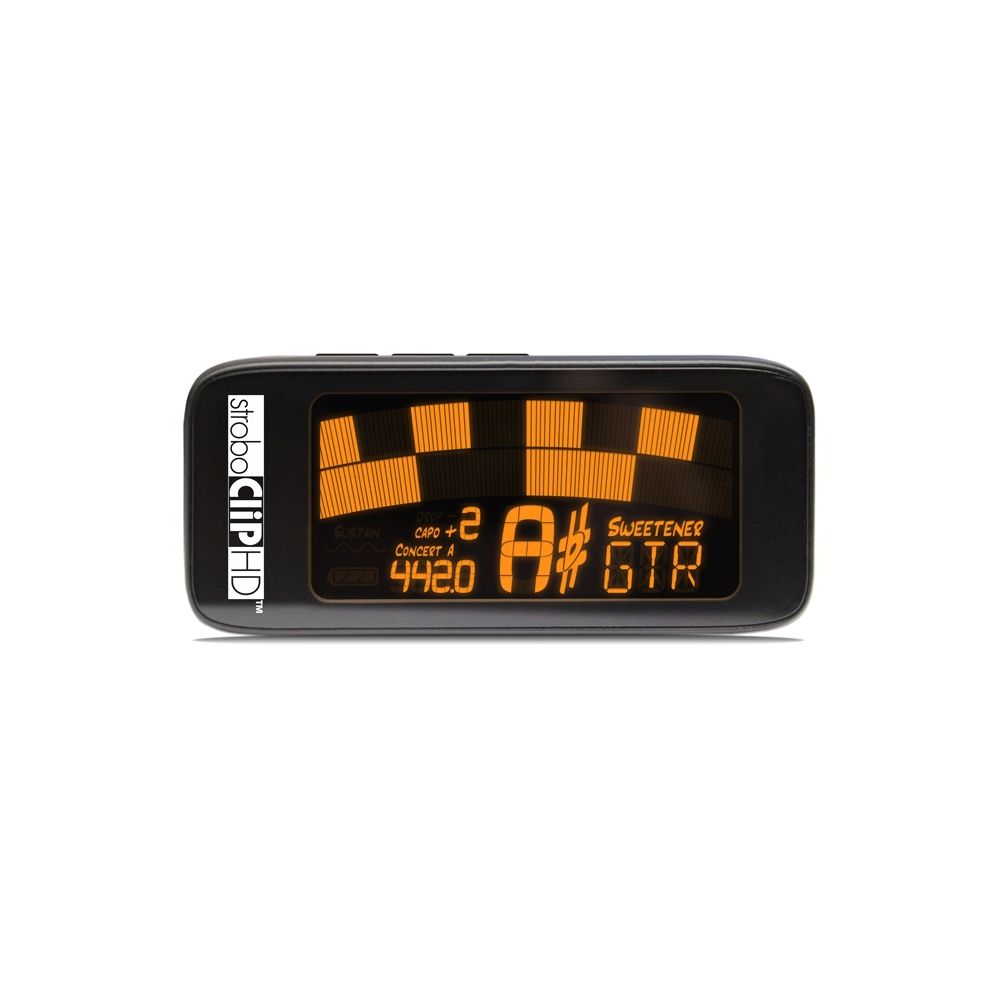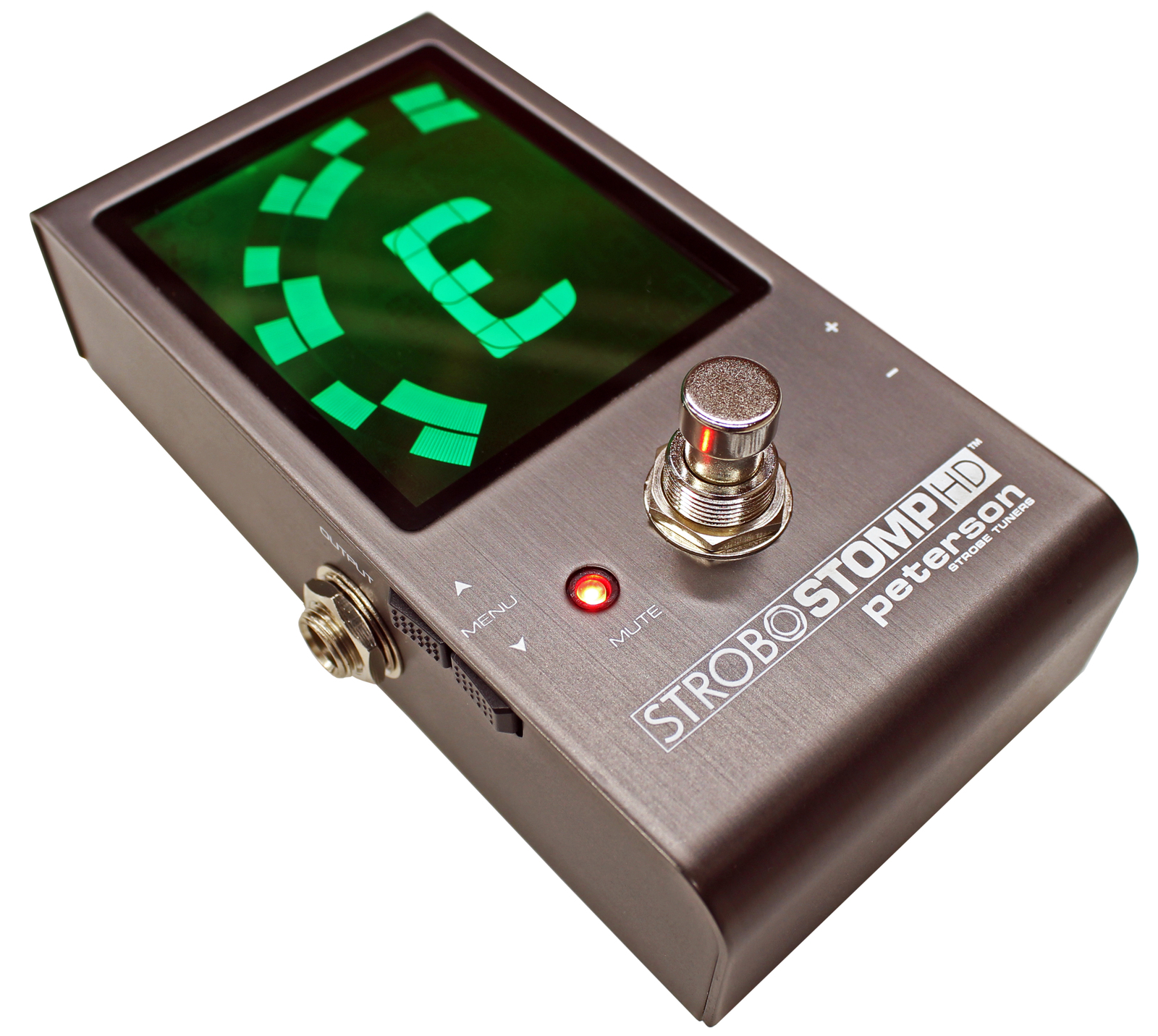
If the error in your tuner happens to coincide with the guitar's own deviation on any one note, you are certainly going to hear it. Significantly more accurate in fact a typical pedal-type or hand-held guitar tuner will achieve something around a ☒ cents (hundredths of a semitone) accuracy, whereas a strobe (even a 'virtual strobe') will achieve a tenth of a cent, equivalent to one thousandth of a semitone.ĭoes anybody need to be that in-tune? Well it certainly helps, especially when you consider that all guitars are inherently slightly out of tune by a few cents on some chords at some positions. The reason that serious users maintain that nothing else will do, however, is that strobe tuners are more accurate. The downside is that, being high-precision electromechanical devices, true strobes, such as the renowned Peterson and Conn models of the '70s and beyond, are bulkier and far more expensive than the typical electronic tuner used by almost every guitar player today. Real strobe tuners use optical techniques with rotating discs to generate their unique pattern of moving bars, which approach and then achieve stillness when tuning is achieved. The few compromises are vastly outweighed by the obvious benefits, particularly for the studio user. Strobe performance at a significantly lower cost than the real thing.

Peterson strobe tuner facebook portable#
The VS1 Virtual Strobe Tuner from Peterson seeks to offer most of the benefits of expensive mechanical strobe tuners, typically used by piano tuners and all good guitar techs, in a more affordable, portable package.


Too expensive? Too bulky? Not when it's this palm-sized 'virtual' strobe. When 'close enough' is just not good enough, you need a strobe tuner.


 0 kommentar(er)
0 kommentar(er)
